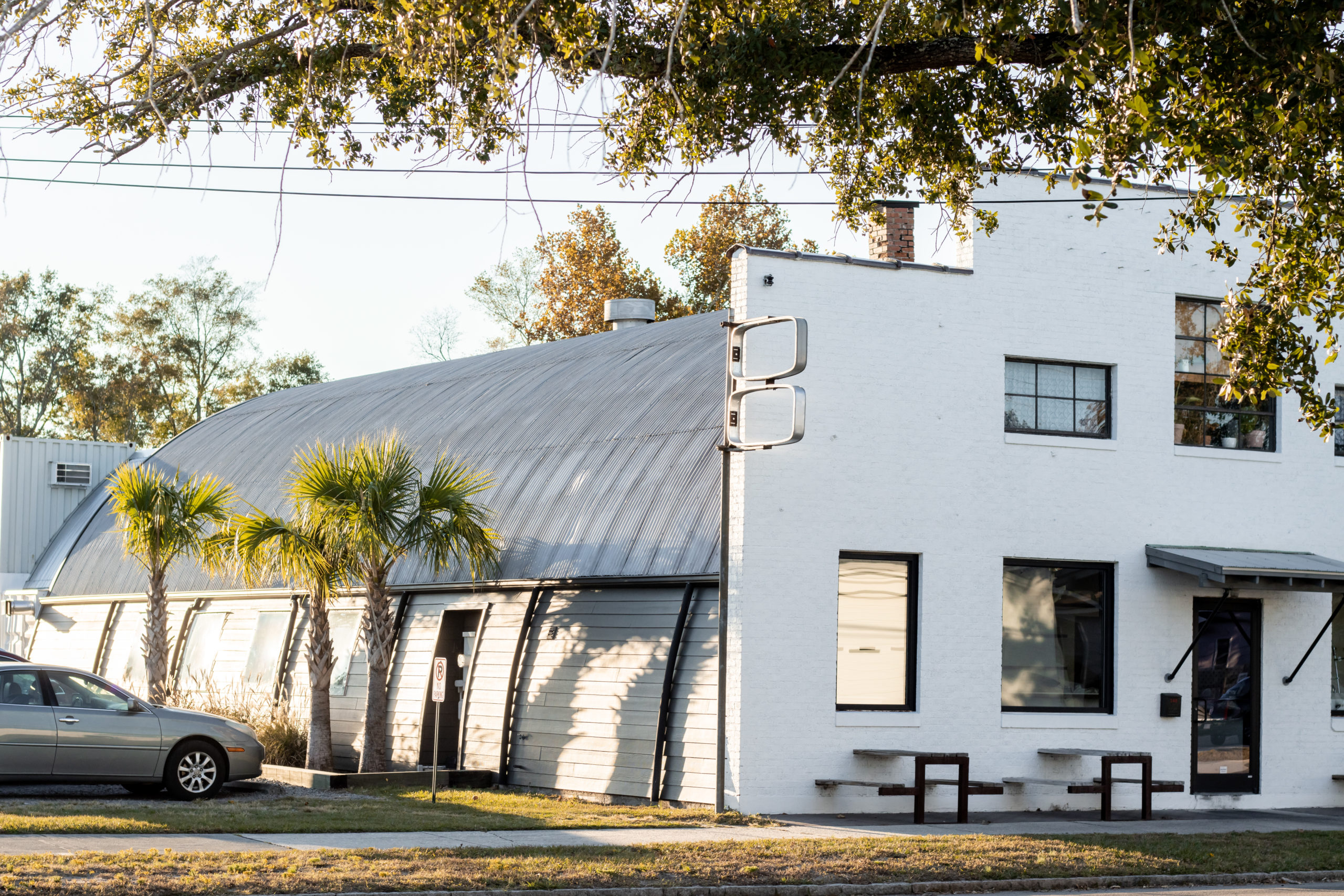When is the last time you thought about your impact on our planet — especially at home? If you’re like the majority of home buyers, you consider sustainability at the top of your list of priorities. As a matter of fact, seven out of ten REALTORS® say that highlighting sustainable home features has proven to make a lasting impact on buyers as they scout out available real estate. As sustainability grows on buyers’ lists of needs and wants in a potential home, you may begin to think about your own home’s carbon footprint, and how making it eco-friendly can benefit you down the road.
While some of these home improvements and lifestyle changes may be intimidating when you think about the time, money, and effort that goes into them, they are most definitely worthwhile. There are environmental advantages such as reducing energy usage and overall harmful emissions into the atmosphere, and then there are financial advantages. While preserving the environment, you’re enhancing your home’s overall value, improving its chances of reselling at a decent price, and you can qualify for certain tax benefits and rebates. This spring, it’s time to ask yourself how you can practice sustainability and also boost the value of your home. Below are some steps to get you started:
Limit heating and A/C
Did you know that 47% of your household power is used up by heating and cooling systems? By limiting or controlling the amount of heating and cooling, you can reduce the energy usage in your home and even the overall cost. Utilize fans and open or draw the shades depending on the season in order to keep your home cooler or warmer while using less energy. Keeping the house well insulated and carrying out regular maintenance of your HVAC system can also keep this energy consumption in check.
Switch out appliances
Switching out old refrigerators, stoves, dishwashers, or washers and dryers for new, energy-efficient ones can save you hundreds of dollars on energy costs. When you’re shopping for new appliances, check for the ENERGY STAR symbol — the only government-backed approval of energy performance for appliances. ENERGY STAR homes are 10% more efficient, so when your appliances are outdated or worn down, shop for certified devices. See this article for more ways to save energy when it comes to your appliances.
Invest in smart technology
Smart technology can be connected to essentially any energy-consuming device in your home. From light bulbs in the house to appliances in the kitchen to solar panels on the roof, the connectivity and controllability of smart technology can help you be sure that you’re optimizing your energy usage while preventing any excess usage.
Make your own cleaning products
With a lot of research and trial and error, you can create a homemade multi-purpose cleaning product. By making your own cleaners, you know exactly what ingredients go into them, and can avoid the common VOC-emitting chemicals inside them that pollute your indoor air quality. Plus, many recipes take advantage of common household items, making them cost effective and less harmful to the environment.
Recycle old furniture and clothes
To reduce the amount of waste you generate, recycle old clothes and furniture. Non-biodegradable clothing and furniture takes up useful space in landfills, proving costly for relative communities. When adequate items are not reused, renewable materials are wasted and more energy is used to create new replicated items. Secondhand clothing and furniture can be revamped to a quality that is good as new and helps reduce waste products along with the greenhouse gases emitted throughout the manufacturing process.
There are infinite ways to make your home more eco-friendly this spring. Whether it’s a lifestyle change or a home renovation, you can reduce your carbon footprint and make smart, profitable investments with your time and money. Sustainability begins at an individual scale and you can take steps, big or small, inside the home to make the world a healthier place for everyone in it.




